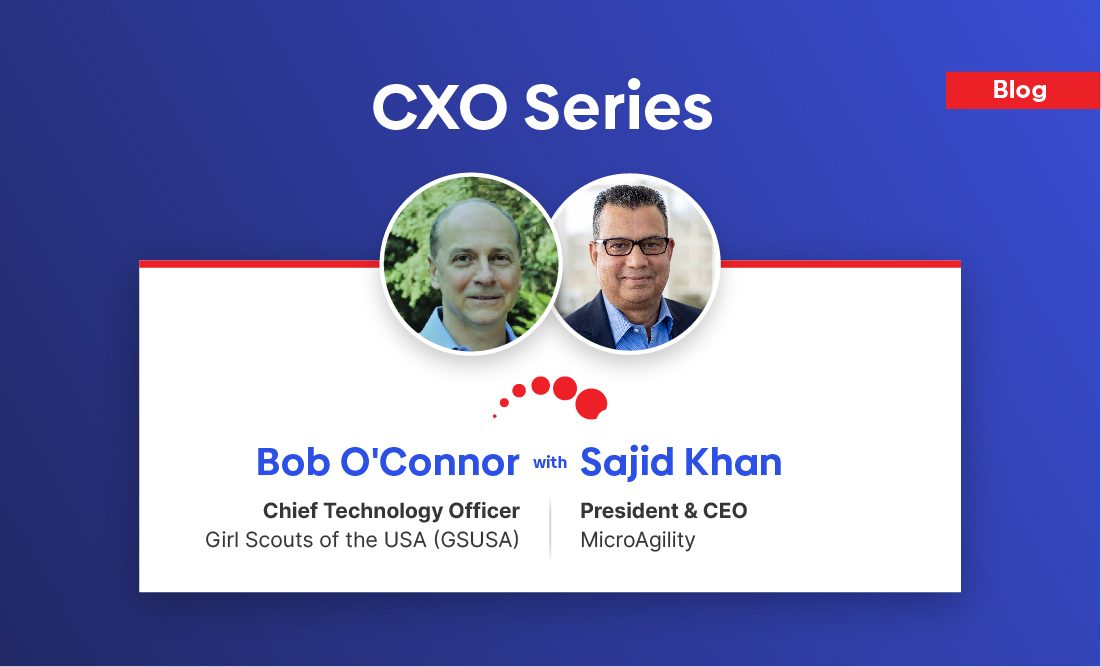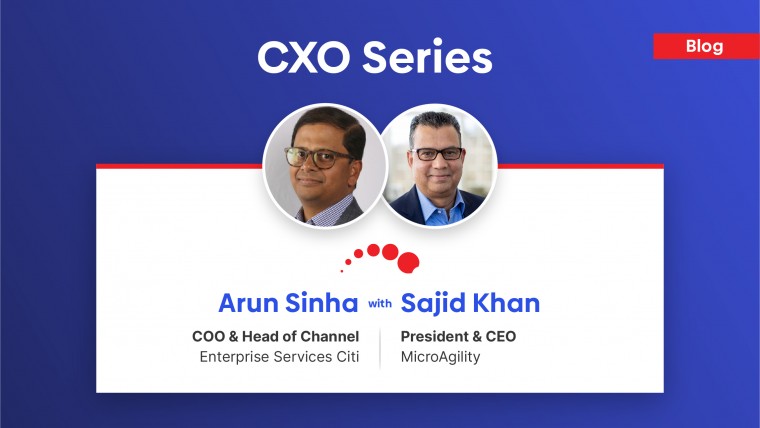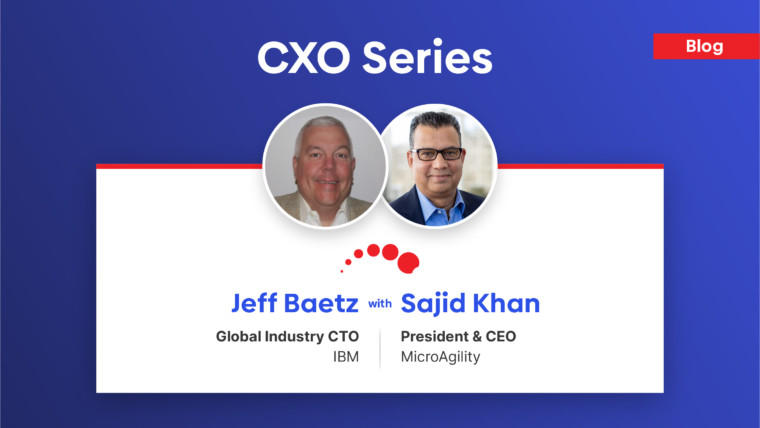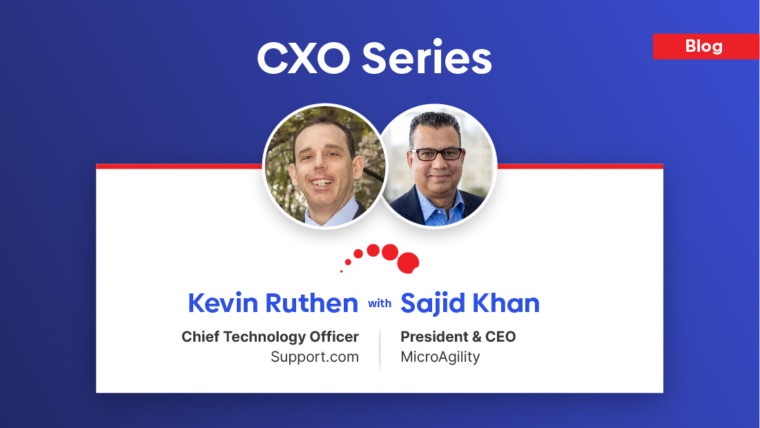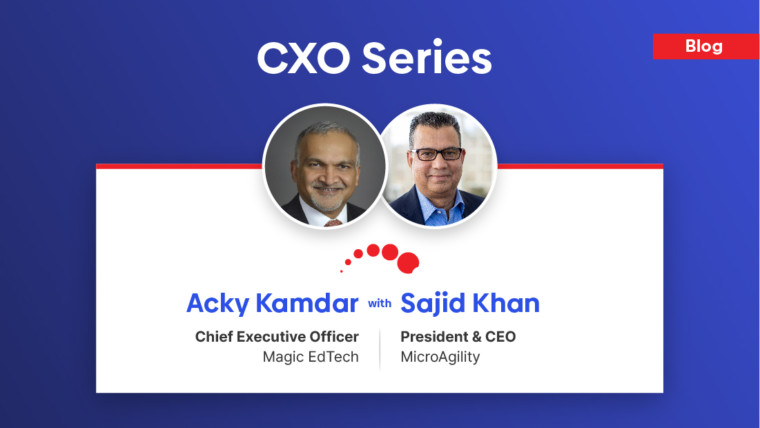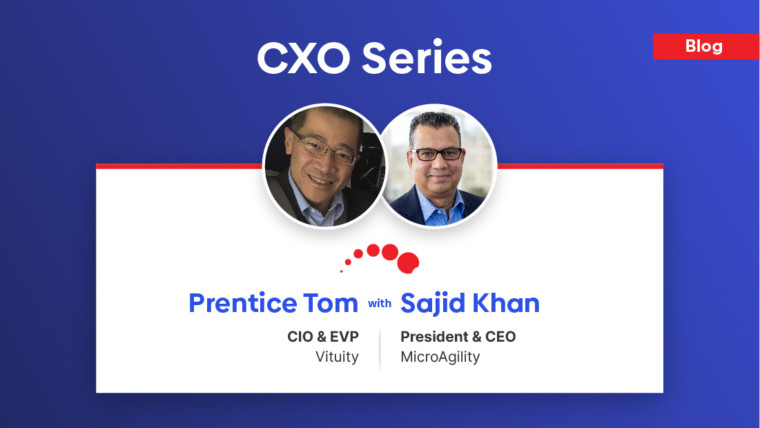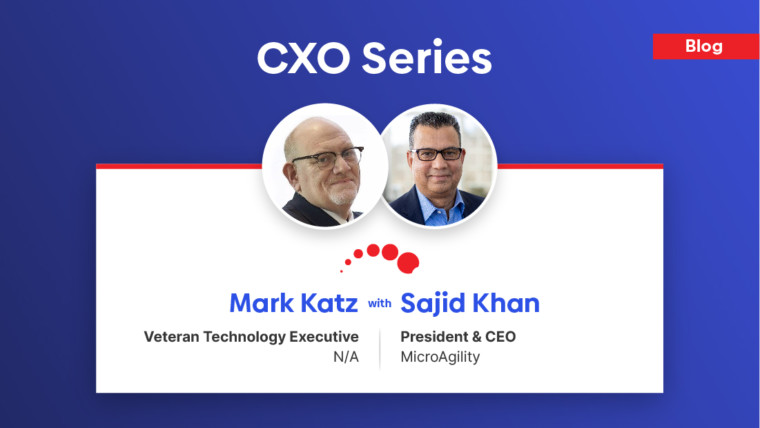Bob O’Connor serves as Chief Technology Officer for Girl Scouts of the USA (GSUSA), where he is responsible for charting and implementing technology solutions that support the Girl Scouts mission. He has more than 25 years of technology, software development, and systems implementation experience. Prior to joining GSUSA, he held senior technology positions in supply chain and media sales firms. Most recently, he was Chief Technology Officer for a leading supply chain software firm whose clients included many Fortune 100 and government entities. A lifetime New Yorker, he earned a Bachelor of Science degree from the City University of New York and a Master of Science from Columbia University.
Sajid Khan: Bob, Thank you very much for taking the time out of your busy schedule for this Interview. Can you begin by sharing your perspective on the role of CTO in the Nonprofit organizations such as Girl Scouts of the USA?
Bob: Girl Scouts is a federated non-profit. This means that the national headquarters and each of our 112 councils are separate 501(c)(3) non-profit corporations. Each has its own staff, management, and board. As CTO for the national headquarters I’m responsible for executing technology strategy that supports headquarters as well as our councils. I focus mainly on governance, strategy, enterprise architecture, and operations of our technology.
In the federated non-profit, there are variations on the theme but the trend is towards a shared services model. Your typical chapter or affiliate exists solely to deliver on the mission of the organization – not to architect and support technology. We see the role of the parent organization as providing technology strategy, identifying and managing service providers, and leveraging the buying power of the entire organization.
SK: In your opinion, what are some of the challenges faced by nonprofit organizations recently?
Bob: I would say three, which all impact each other in some way.
First is “constituent dilution”. Donors are presented with a myriad of choice when it comes to deciding where to put their donation dollars, from established organizations like ours, to episodic causes, to viral YouTube campaigns like the brilliant “ice bucket challenge” for ALS research. Marketing and brand awareness are imperative in order for a non-profit to be successful. Similarly, volunteers who are willing to commit their time to support a cause are faced with many choices, and in many cases the demand exceeds the supply.
Second is “capacity and capability”. In order to run any successful business, you need skilled people to make strategy, fund raise, and execute on the mission. Attracting and retaining a skilled workforce can be a challenge when competing against a for-profit industry for talent.
And finally…and this applies particularly to my organization as much as any non-profit – relevance. The mission of an organization needs to be in sync with changing times and changing demographics. Not unlike a retailer, if we are not selling products (our program) that are relevant to our consumer, we risk becoming irrelevant.
SK: What is the biggest challenge for the CTO in the nonprofit organizations?
Bob: Our goals range from delivering engaging, fun, and educational content to girls (tailored to age level – brownies have very different expectations than ambassadors), to delivering online learning experiences and tools for volunteers, to engaging our alumnae better, and finally to folding the girl program itself to include our largest funding source – cookie sales.
In terms of challenge, the probably the biggest is really no different than most for-profits. Given limited budgets – how do you balance between the status quo and innovation? We are not in the business of technology, but technology can be a differentiator for us when it comes to attracting and serving our constituents, especially those in the younger demographic. Without investment, we won’t have the return.
SK: What’s been your proudest achievement in your career thus far?
Bob: Certainly my early career as architect of cutting edge supply chain software that helped grow a startup to a market leader stands out. We saw a gap and built a business around it before industry knew it had a need. Today, an optimized supply chain is critical to a successful business. Just look at Amazon – they’ve optimized their distribution system to the point where technology is the key differentiator for them.
I’m also proud of making the transition to a mission oriented role. Having been part of a transformational reorganization of Girl Scouts (when we restructured from 338 councils down to 112) was particularly demanding and rewarding. I’ve been fortunate to be around many smart and dedicated people, at the peer and mentor levels.
SK: Could you please share with us your leadership Style?
Bob: No question that any leader is only as good as his or her team. Build the best team, agree on the objectives, and ensure that they deliver to them. My role needs to be putting the team together and getting out of their way. It’s hard for some technical managers to make that transition but there really is no other way to make substantive progress on any scale.
SK: What advice would you offer for other technology executives who aspire to follow your footsteps?
Bob: Michael Dell said something like – “if you are the smartest person in the room, find another room”. Somewhere along the line you need to decide if they want to be the smartest person in the room, or the one who assembled a room full of smart people.
Either course is fine but make the decision. If you want to rise to the CIO/CTO level, realize that your success is measured by your team’s success, so you’d better get a good team.
So…certainly do get your technical certifications, but recognize that ultimately it is people who will help you become successful. Be involved, network, and get out there.
SK: Anything else you would like to share with our readers.
Bob: I’d simply like to thank you for the opportunity to share my thoughts with your readers, and wish you continued success.

